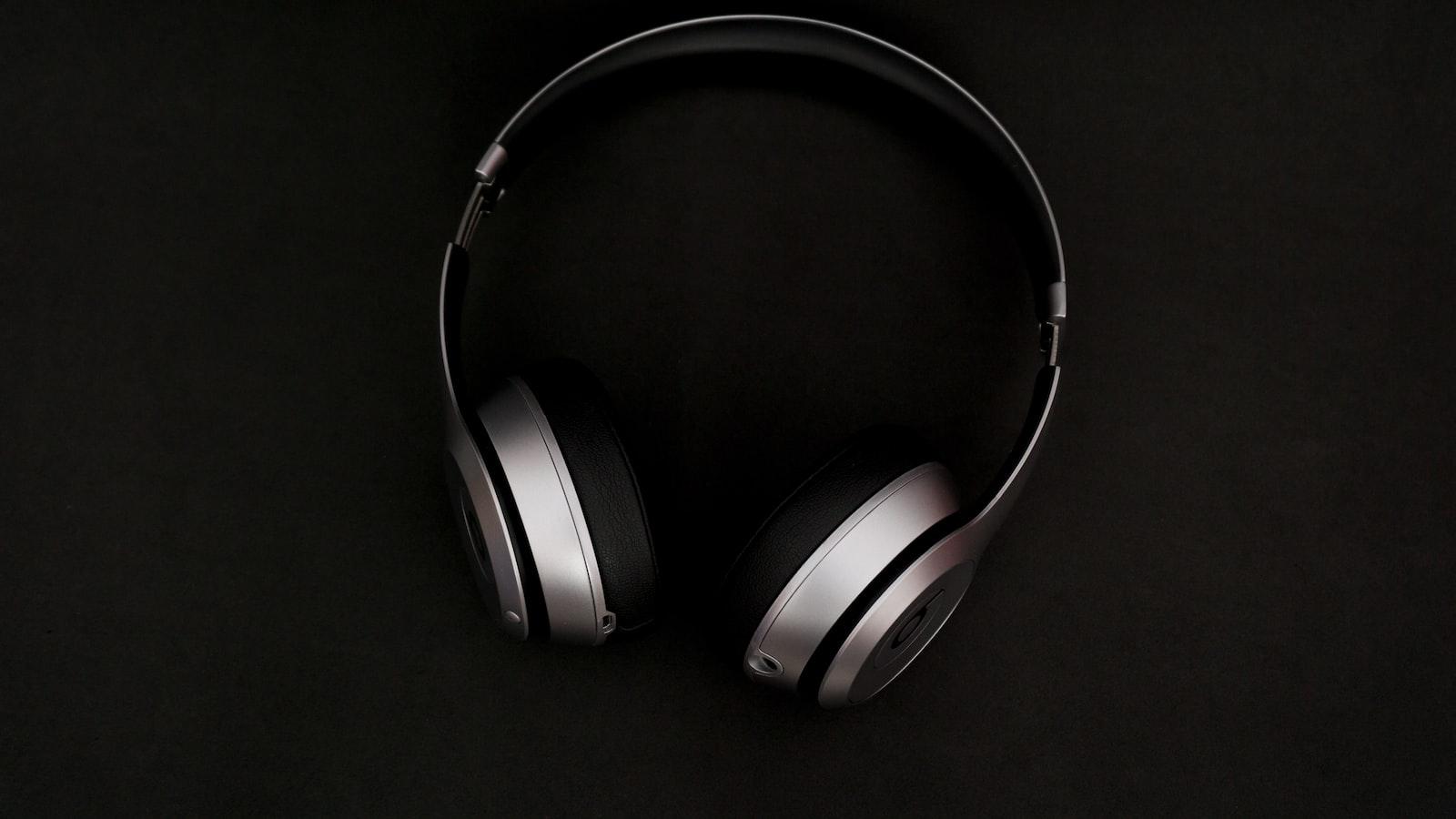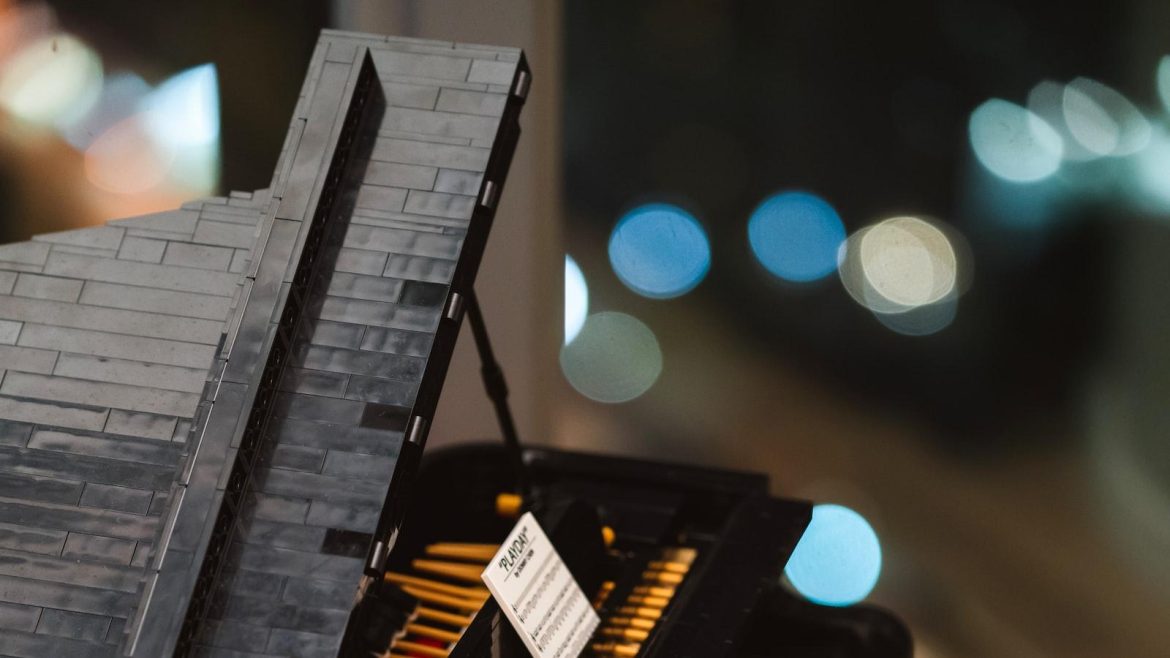In the resounding world of music, where melodies weave dreams and emotions are elevated to celestial heights, lies a grand debate that has echoed through the corridors of pianists and enthusiasts alike. Can modern-day marvels, the electronic pianos, truly unveil the secret symphony hidden within the elegant confines of a traditional grand piano? As the ivory keys give way to their digital counterparts, we embark on a melodic journey, delving deep into the heart of this lingering question. Brace yourself, for in this extraordinary exploration, we shall navigate the enigmatic boundaries of perception, touch upon the ethereal notion of authenticity, and endeavor to discern whether electronic pianos can indeed replicate the true essence of their traditional predecessors. Welcome, fellow connoisseurs of musical wonders, to a symphony of revelation and intrigue.
Unraveling the Enigma: Exploring the Intricacies of Electronic Pianos
Electronic pianos have long been a subject of fascination and curiosity, constantly pushing boundaries in an attempt to replicate the true essence of a traditional grand piano. These modern instruments, with their sleek designs and advanced technology, have sparked debates among musicians and enthusiasts alike. Can electronic pianos truly capture the subtle nuances and depths of a traditional grand piano? As we delve into the intricacies of electronic pianos, we begin to unravel the enigma surrounding their capabilities and limitations.

Sounding the Right Note: Enhancing the Authenticity of Electronic Pianos through Advanced Technology
Electronic pianos have come a long way in their quest to replicate the true essence of a traditional grand piano. With advancements in technology, these instruments are now able to produce a sound that is remarkably close to that of their acoustic counterparts. Through the integration of sophisticated sampling techniques and advanced digital signal processing, electronic pianos are able to capture the nuances of each individual note, resulting in a more authentic and expressive playing experience.
One key factor in enhancing the authenticity of electronic pianos is the ability to accurately reproduce the dynamic range of a grand piano. Manufacturers have developed innovative touch-sensitive keyboards that not only detect the force and speed of each keystroke but also subtly adjust the volume and tone accordingly. This allows pianists to convey their emotions through the instrument, replicating the delicate touch required to achieve the desired expressive quality.
Another aspect to consider is the attention to detail in sound reproduction. Electronic pianos employ sophisticated digital sound synthesis techniques, which include sampling actual grand pianos in diverse acoustic environments. By capturing the unique characteristics of different piano models and incorporating them into the sound generation algorithms, the resulting tones are incredibly realistic. From the rich bass notes to the sparkling highs, every aspect of the piano sound is meticulously crafted to ensure the utmost fidelity to the original instrument.
Advancements in technology have also allowed for the integration of additional features and functions into electronic pianos, further enhancing their versatility. From built-in metronomes and recording capabilities to MIDI connectivity and adjustable reverb settings, these instruments offer a wide range of options for musicians to explore and tailor their sound to suit their individual preferences.
While electronic pianos have undeniably made remarkable strides in replicating the true essence of a traditional grand piano, it is important to remember that no electronic instrument can completely replace the unique qualities and character of an acoustic instrument. However, with the continuous advancements in technology, electronic pianos are able to provide an exceptional playing experience that comes remarkably close to the real thing, offering musicians a viable and convenient alternative.
In the grand finale of our symphony exploring the world of electronic pianos, we have journeyed through the melodies of sound and the harmonies of innovation. From the silent keystrokes to the majestic resonances, we have unraveled the enigmatic question – can electronic pianos ever replicate the true essence of a traditional grand piano?
As the final notes fade into the silence, we find ourselves standing at the crossroads of tradition and technology. And though the digital realm has made great strides in weaving melodies that captivate our ears, it is always essential to acknowledge the inherent beauty of an acoustic masterpiece.
While electronic pianos have diligently endeavored to replicate the true essence, the synergy of craftsmanship and artistry embodied in a traditional grand piano remains unparalleled. The resonance that flows through its wooden veins, the tactile connection between pianist and instrument, and the time-honored traditions it has come to represent – these are qualities that form the magical aura surrounding a grand piano.
Yet, the electronic pianos of today should not be dismissed as mere imitations. They have carved a niche for themselves, embracing the potential for boundless creativity and an ever-evolving sonic landscape. They have seamlessly merged the familiar touch and feel of a grand piano with the ingenuity of digital technology, allowing us to explore new musical frontiers.
Indeed, the world of music need not draw strict boundaries between tradition and innovation. It is not a battle of superiority, but rather a harmonious interplay between the past and the future. As electronic pianos continue to refine their tones, dynamics, and touch sensitivity, they march on, driven by the pursuit of expressing the unexpressed.
So let the secret symphony persist, with electronic pianos leading the way towards uncharted musical realms. The journey has only just begun, and the boundaries of sound will forever expand as we open our ears to the unending melodies of tomorrow.
In this finale, we invite you to embrace the unity of tradition and technology, to hear the whispers of the past mingle with the cadence of the future. The true essence of a traditional grand piano is a symphony in itself, a testament to centuries of musical innovation. But as our ears catch the vibrant echoes of electronic pianos, we realize that these instruments have woven their own enchanting tapestry, embracing the infinite possibilities of the digital age.
So, whether you find yourself entranced by the richness of a grand piano or captivated by the ethereal wonders of its electronic counterpart, remember that music knows no boundaries. It transcends the realm of instrument, embracing the harmony that unites us all.
And so, dear readers, as we draw the curtain on this exploration of pianos, let us savor the melodies that resonate within our souls, forever grateful for the grand piano’s storied past while eagerly embracing the future that technology unfolds before us.
May the secret symphony unify the pianos of old and new, allowing the music to transcend time itself and fill the world with its eternal magic.


